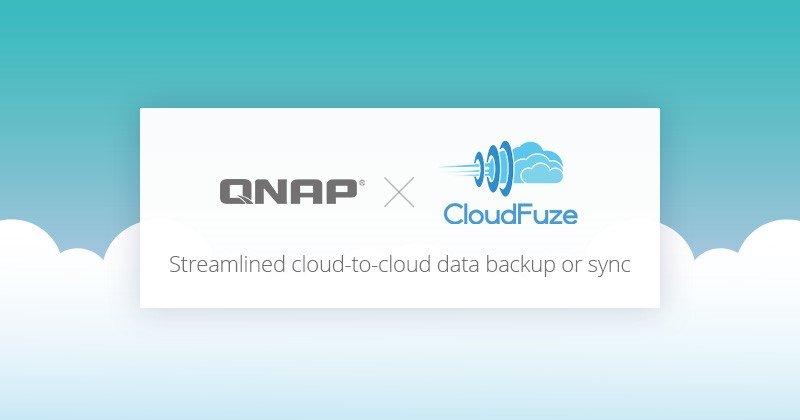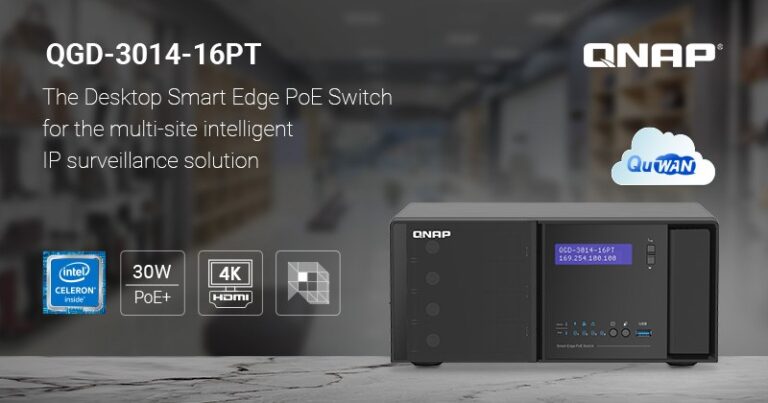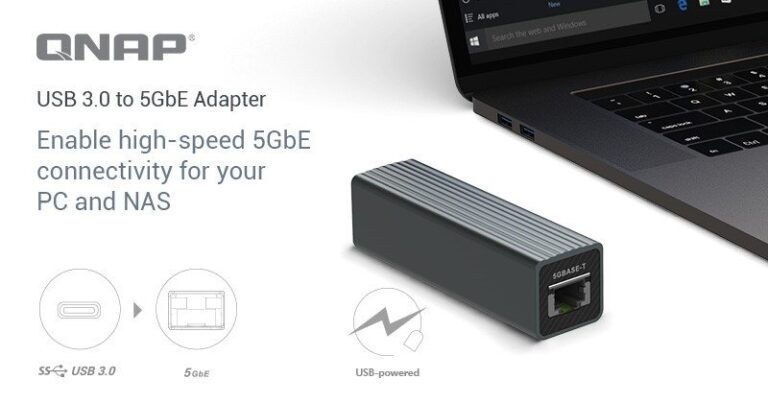QNAP® Systems, Inc. today announced CloudFuze® as its official technology partner for providing a multi-cloud data transfer solution to its customers. The U.S.-based company CloudFuze offers end-to-end cloud file and user migrations for individuals and business users, including managed migrations for large enterprises. CloudFuze enables users to access, share, migrate, and govern any file located in more than 40 consumer and business clouds from any device, with a single login. QNAP has integrated CloudFuze into QNAP’s HBS and HybridMount apps to provide users quick access to CloudFuze services to simplify their cloud-to-cloud data backup or sync tasks.
“An increasing number of organizations’ backup and recovery strategy operates on both physical and cloud platforms,” said Meiji Chang, General Manager of QNAP. “We welcome the partnership with CloudFuze to help customers looking for streamlined workflow solutions to transfer or back up data from one cloud storage to another with CloudFuze’s optimized and agile cloud-to-cloud migration and sync solution.”
“We are really excited to be associated with a market leader such as QNAP and have the opportunity to provide their customers with industry-leading file transfer services,” said Ravi Poli, CEO of CloudFuze. “Adding CloudFuze’s high-value services to QNAP’s already strong backup and sync solutions is a win-win for all parties, particularly QNAP’s customer base.” QNAP NAS customers can sign up for a CloudFuze account for transferring their data including files, users, and permissions to a cloud service of their choice. Cloudfuze supports more than 40 cloud storage providers, including leading cloud storage platforms Microsoft® Azure, Google Cloud™, and AWS®. Without accessing or storing the user’s data, CloudFuze provides a robust web-based infrastructure and technical capabilities for handling high-risk and mission-critical migrations effortlessly. With file transfer speeds exceeding 7 terabytes per hour, the CloudFuze cloud management platform can transfer petabytes of data in just a few weeks instead of months with conventional data migration technology.



